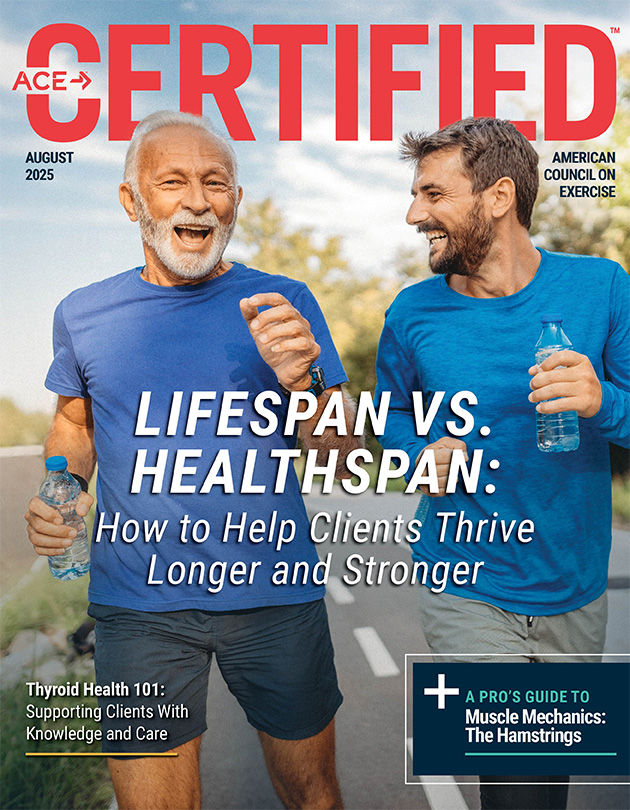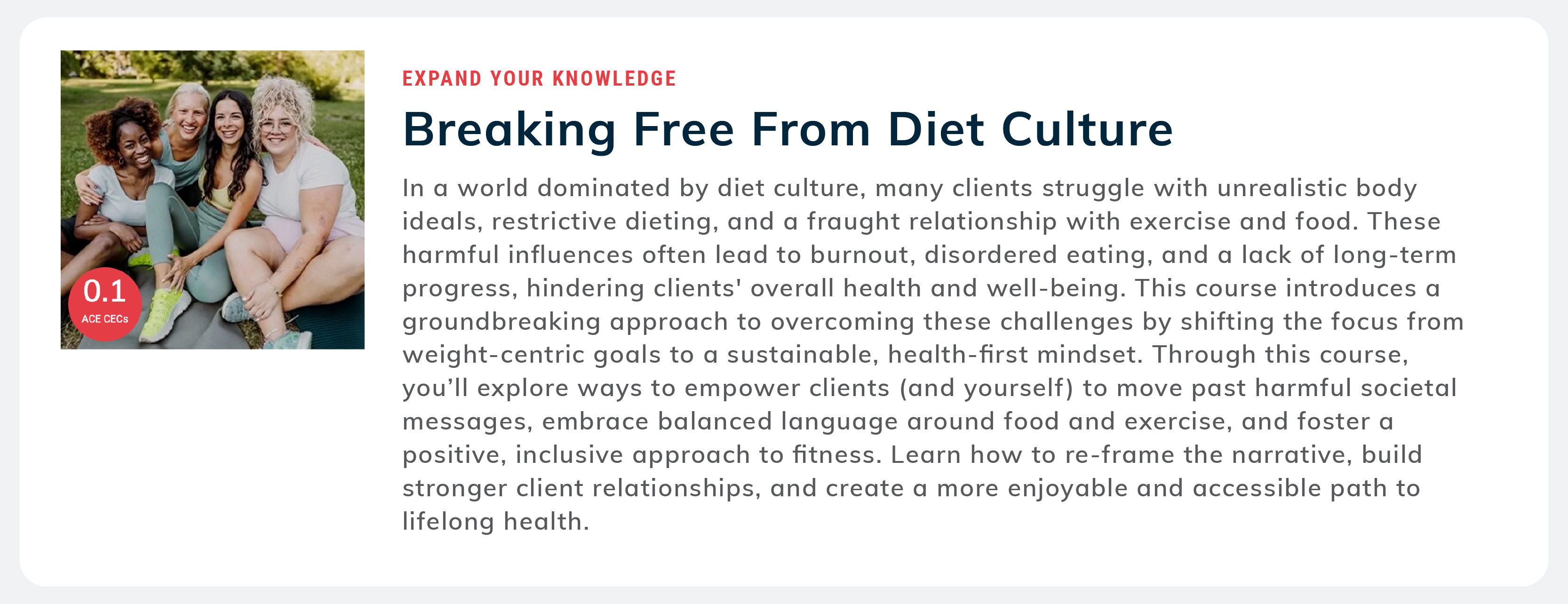
Calorie Restriction and Mental Health: What the Data Says

Calorie cutting is one of the most common—and culturally endorsed—strategies for weight loss. Yet new evidence drawn from 12 years of National Health and Nutrition Examination Survey (NHANES) data suggests that eating less may come with a mental-health trade-off, especially for men and for people who already carry extra weight.
A Closer Look at the Study
Researchers combined six consecutive NHANES cycles (2007–2018), analyzing self-reported diet patterns and Patient Health Questionnaire-9 (PHQ-9) scores for 28,525 adults. Dietary habits fell into four buckets: calorie-restrictive plans, nutrient-restrictive plans (for example, low carb or low fat), medically prescribed diets (such as diabetic or DASH) and no specific diet. Roughly 13% of respondents said they were dieting, and fewer than one in 10 reported cutting calories.
After controlling for age, sex, income, smoking, alcohol use, chronic disease and body-mass index (BMI), people who reported calorie restriction scored an average 0.29 points higher on the PHQ-9 questionnaire than peers who weren’t dieting. A higher score on the PHQ-9 questionnaire indicates a higher severity of depression symptoms. Among adults who had overweight, the gap widened to 0.46 points for calorie-restricted plans; nutrient-restricted eaters in that weight category posted a 0.61-point increase. Although these absolute differences appear small, population-level shifts in mean PHQ-9 scores can translate into thousands of additional cases of clinically significant depression.
Interestingly, the pattern varied by sex. Men who followed any of the three restrictive diets logged higher somatic (physical) symptom scores than men who were not dieting, while men who adopted nutrient-restricted plans also reported more cognitive-affective complaints, such as low mood, hopelessness and poor concentration, than women who were not dieting.
Interpreting the Numbers
According to the study’s authors, “Caloric-restricted diets are the only dietary pattern among the examined patterns that is associated with significantly increased depressive symptom scores compared with those not on a diet.” They pointed out that earlier randomized controlled trials (RCTs) often report the opposite—improved mood—because participants in those trials receive balanced meal plans that guard against nutrient inadequacies. “In contrast, real-life calorie-restricted diets and obesity often result in nutritional deficiencies … and induce physiological stress, which can exacerbate depressive symptomatology.”
The researchers also theorized that men may be especially vulnerable because they typically have higher absolute nutrient requirements and may experience more pronounced mood shifts when energy or key micronutrients fall short. The researchers also floated weight cycling—the pattern of repeated weight loss and regain—as another potential driver of depressive symptoms.
How Firm Are the Findings?
Because the work is cross-sectional, it cannot establish causality. People who feel depressed may try cutting calories in an effort to change how they look or feel. Diet type was self-reported, so some participants may have misclassified their eating pattern. Still, the sample was nationally representative, and the associations held up after extensive adjustment. The authors call for prospective studies that track detailed food intake, nutrient status and mood over time, but they argue that the current analysis “adds to the emerging evidence linking dietary patterns and mental health.”
What the Findings Mean for Health and Exercise Professionals
Restrictive eating is common among clients chasing body-composition goals. The new data offer three big reminders for your day-to-day work:
First, monitor mood the same way you monitor exercise technique. Short screening questions—“How is your energy and outlook this week?”—or a brief PHQ-2 can flag early dips in mood. Watch for changes in session vigor, sleep complaints or new aches that lack a mechanical explanation. Table 1 offers some effective ways to check in with clients.
Table 1. Putting it to Work: A Client-care Checklist
|
Step |
Action |
Rationale |
|
Ask and Listen |
“How have you been feeling emotionally since starting your nutrition plan?” |
Opens dialogue about mood |
|
Observe |
Note energy, affect and talk-test responses during sessions. |
Low vigor may indicate emerging depression |
|
Educate |
Share that severe calorie cuts can sap energy and worsen mood, according to large U.S. data. |
Reinforces informed choices without fearmongering |
|
Coach |
Collaborate on SMART goals that prioritize balanced meals, adequate protein and consistent fueling around workouts. |
Supports performance and mental health |
|
Refer |
If PHQ-9 ≥ 10 or suicidal ideation appears, refer to a mental-health professional immediately. |
Ethical, safe practice |
Second, keep nutrition advice evidence-based and within your scope of practice. Most trainers, group fitness instructors and health coaches are not licensed to prescribe individual calorie targets, macros or therapeutic diets. You can, however, reinforce broad, defensible messages: emphasize whole grains, colorful produce, lean proteins, dairy or dairy alternatives, healthy fats and adequate hydration. When clients want a detailed meal plan or ask how deep a deficit they should run, refer out to a registered dietitian nutritionist (RDN).
Third, guide clients toward adequacy rather than austerity. Remind them that a moderate energy deficit—often 250 to 500 kilocalories per day, roughly the energy cost of a brisk 45-minute walk—paired with progressive resistance training yields more sustainable body-composition changes than steep cuts that leave the tank empty. Explain that nutrient-dense foods and regular meals stabilize blood sugar, curb fatigue and support recovery, all of which can buffer mood.
How to Incorporate the Science Into Your Coaching Conversations
When a client says, “I’m eating 1,200 calories but feel exhausted,” you now have data to validate that experience. Here is a way you might respond:
“A recent study found that people who aggressively restrict calories report more symptoms of depression, especially if they’re already carrying extra weight. Let’s make sure you’re fueling enough to train hard and feel balanced. If you want a precise calorie roadmap, I can connect you with a dietitian, and together we can align your nutrition and exercise plans.”
For male clients who shrug off mood check-ins, normalize the topic by linking it to performance: “Low energy and persistent soreness can be early signs that your diet isn’t supporting recovery. Studies show guys, in particular, can feel the mental effects of severe calorie cuts.”
Build a Network of Support
Maintain a referral list that includes RDNs, primary-care physicians, and mental-health professionals. Situations that warrant an immediate handoff include PHQ-9 scores of 10 or higher, any mention of self-harm, or observable declines in daily functioning. Framing the referral as an extension of the coaching team, not a dismissal, can ease client apprehension.
Be Sure to Stay Inside the Legal Lines
All 50 states restrict the provision of individualized medical nutrition therapy to credentialed practitioners. Therefore, avoid prescribing exact calorie ceilings, “no-carb” challenges or supplement protocols unless you possess the required license. What you can do: teach clients how to read Nutrition Facts labels, explain the purpose of the MyPlate food groups, discuss meal-timing strategies around workouts and debunk fad-diet myths. These activities fall squarely within a health and exercise professional’s scope when delivered as education, not prescription.
A Client-centered Path Forward
The NHANES analysis may feel discouraging to clients who see calorie restriction as a quick win, but it opens the door to a richer coaching conversation about sustainable change:
- Reframe goals. Shift the metric of success from “lowest possible weight” to functional outcomes, such as better sleep, stronger lifts, faster mile times and pain-free gardening.
- Highlight the mind-body link. Explain that nourishing the brain with adequate energy, omega-3 fats, B-vitamins and minerals supports the very motivation and focus needed to stay consistent with exercise.
- Use exercise as a mood buffer. Point out that resistance training and moderate-to-vigorous cardio independently reduce depressive symptoms and help to offset any transient mood dips from dietary change.
Final Thoughts
The study’s researchers concluded that “following a low-calorie diet is linked to a heightened risk of depressive symptoms.” While the effect sizes weren’t huge, they matter—especially when multiplied across millions of adults trying to reduce their weight. For health and exercise professionals, the message is clear: Pair safe, progressive training with nutrition guidance that prioritizes adequacy, variety and pleasure. Stay alert to mood changes, and when needed, bring in specialists.
By anchoring weight-management efforts in a holistic, client-centered framework, you can help people pursue physique or performance goals without sacrificing mental health—a win for adherence, well-being and long-term success.

More Articles
- Certified™: August 2025
Why Healthspan Matters More Than Lifespan—And How Exercise Can Help
Contributor
- Certified™: August 2025
Thyroid Health 101: Supporting Clients With Knowledge and Care
Contributor
- Certified™: August 2025
Ask ACE: How to Integrate Blood Flow Restriction Training Into Your Exercise Programming
Contributor
- Certified™: August 2025
A Pro’s Guide to Muscle Mechanics: The Hamstrings
Health and Fitness Expert




 by
by 



